Our Blog
Blog All Items Title
All Recent Articles
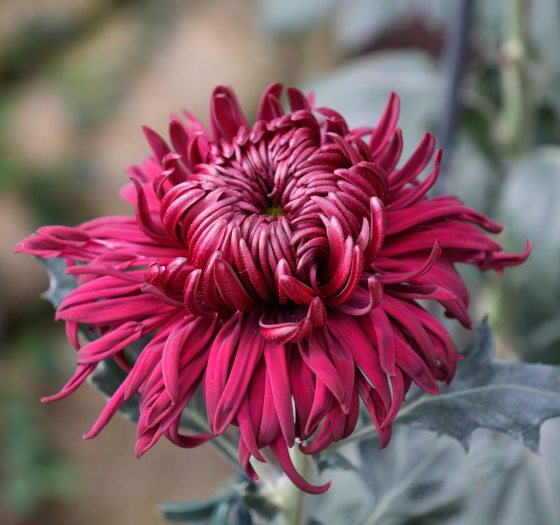
From Ink to Earth: The Enduring Artistry of the Chrysanthemum
Our world-class chrysanthemum collection features primarily cultivars and hybrids developed in Japan and China … and a rare Japanese book recently acquired by the Longwood Library reflects the beauty and the long-standing importance of the chrysanthemum to Japanese culture.

Stewarding Suiseki
Often referred to as “viewing stones," suiseki involves the appreciation of naturally occurring stones for their aesthetic qualities and their resemblance to natural landscapes, from mountains to waterfalls, animals to islands. We are honored to steward these pieces and share their artistry—and their story.
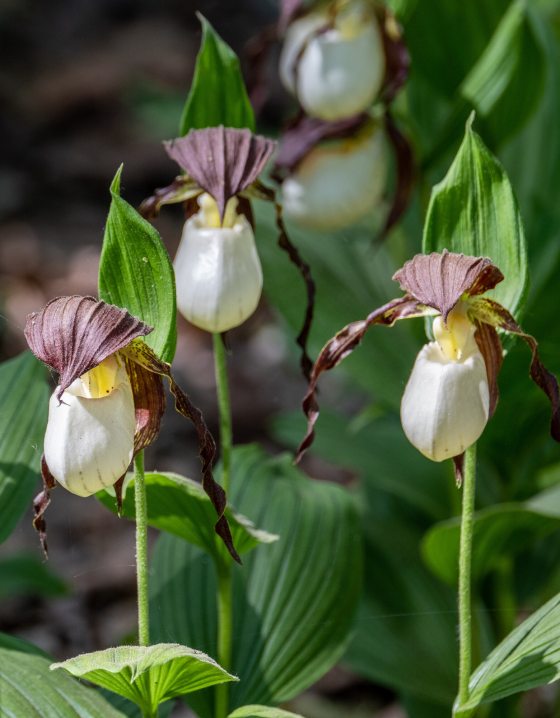
The Illegal Plant Trade: What Plant Lovers Need to Know
Longwood Gardens has joined the newly launched Illegal Plant Trade Coalition, a global alliance led by Botanic Gardens Conservation International, which unites gardens, scientists, conservation organizations, and enforcement agencies to reduce demand, support legal trade, and protect threatened plants.

25 Years of Garden Railway Wonder
This year, we celebrate the 25th anniversary of one of our most cherished displays—the Garden Railway.
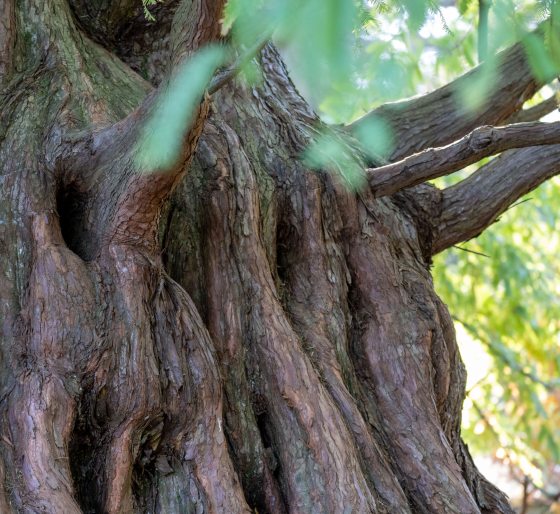
The “Living Dinosaur”: Discovering Metasequoia
This plant is none other than dawn redwood (Metasequoia glyptostroboides), the "living dinosaur" of the botanical world, which was discovered in China more than 80 years ago
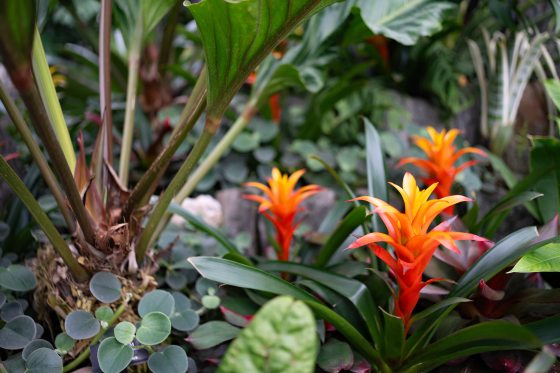
An Opportunity for Imaginative Change
We invite you to learn more as the leading voices in landscape architecture, ecology, and cultural heritage gather at Longwood, led by Designing Change curator Anita Berrizbeitia, who served as an advisor during the preservation process of Longwood’s Cascade Garden, designed by the famous Brazilian landscape architect and artist Roberto Burle Marx.
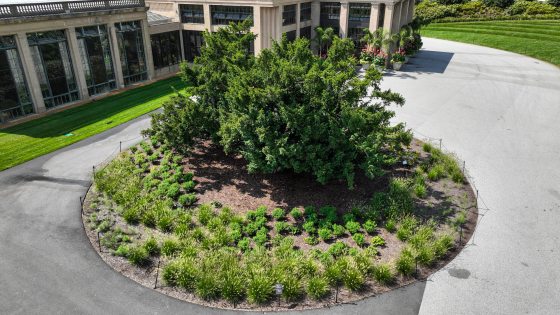
Our East Plaza English Yew Gets New Life
For the first time in its life, our East Plaza English Yew recently received a variety of neighbors—new four-season underplantings designed to accent the tree and add to its story.
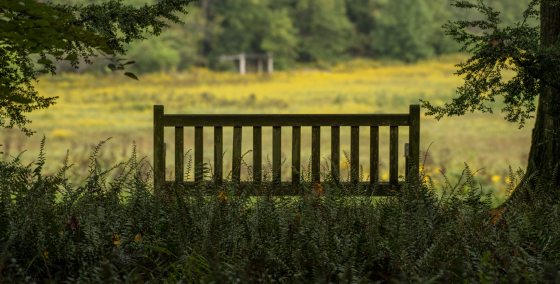
Destination Shade: Longwood’s Coolest Places to Sit and Reflect
Longwood has a remarkable number of places within the garden for you to escape the heat and put your life into chill-mode.
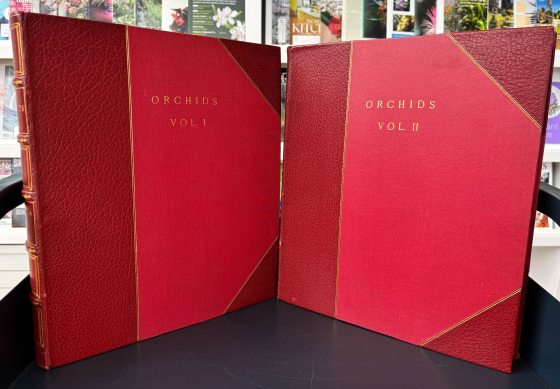
From Frame to Field: Documenting and Protecting Native Orchids
The Longwood Gardens Library was very fortunate to receive a recent gift reflective of our commitment to the conservation of native orchids: a rare 1931 two-volume set of Orchids of the North Eastern United States photographed from nature and published by American fine arts photographer Edwin Hale Lincoln.
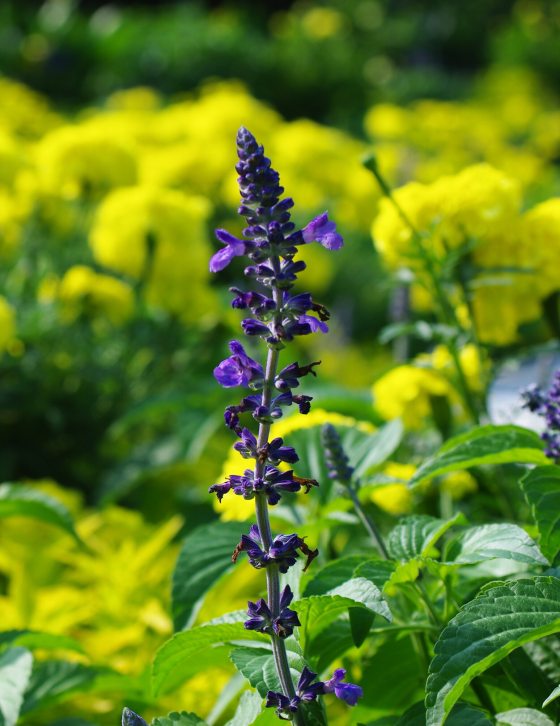
Heat-Loving Annuals: Top Picks for the Summer Garden
When you think of summer flowers, it’s important to consider the differences between summer plants that thrive in hot summer climates versus those that prefer mild summer temperatures.
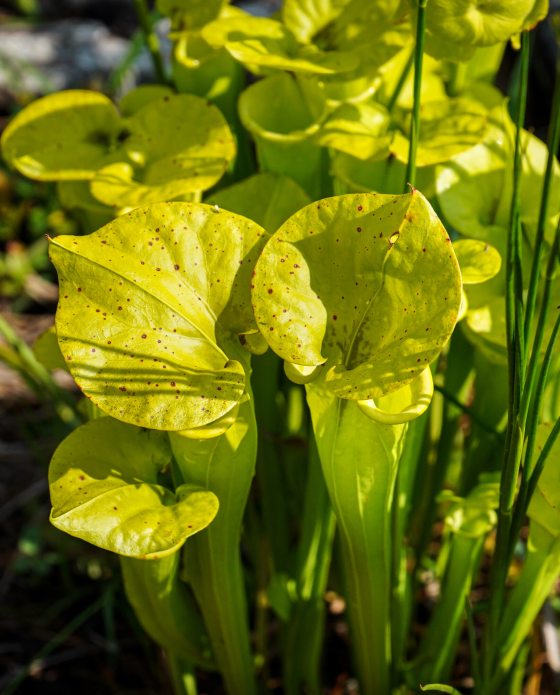
Creating a Bog Garden: Where the Wild Things Bloom
Located adjacent to our Student Exhibition Garden, our new-this-season bog garden mimics naturally occurring bogs in the eastern United States, where carnivorous plants, orchids, blueberries, and plants that like having “wet feet” can grow naturally.
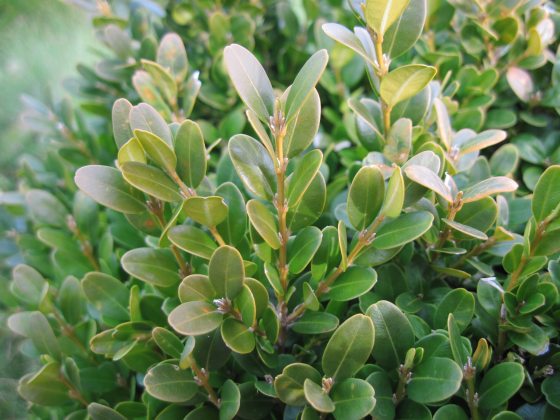
Managing Boxwood Blight: From Longwood to Your Home
Read along for how, now five years after first detecting boxwood blight in our Gardens, we inspect for and protect against this disease.
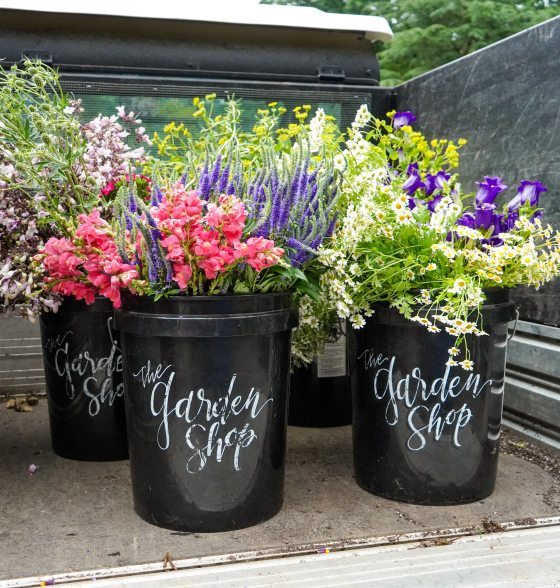
A Fresh Cut
Now available in The Garden Shop are joyful bouquets sourced straight from Idea Garden horticulturists and designed into bouquets by the creative minds at The Garden Shop, just steps away.
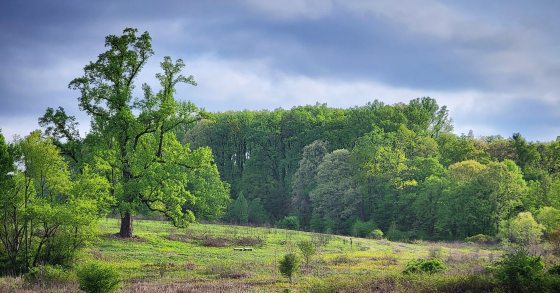
Timeless and Treasured: Longwood Trees That Inspire Us
What is your favorite tree? It’s a time-honored question that will evoke answers from even the most taciturn individual.
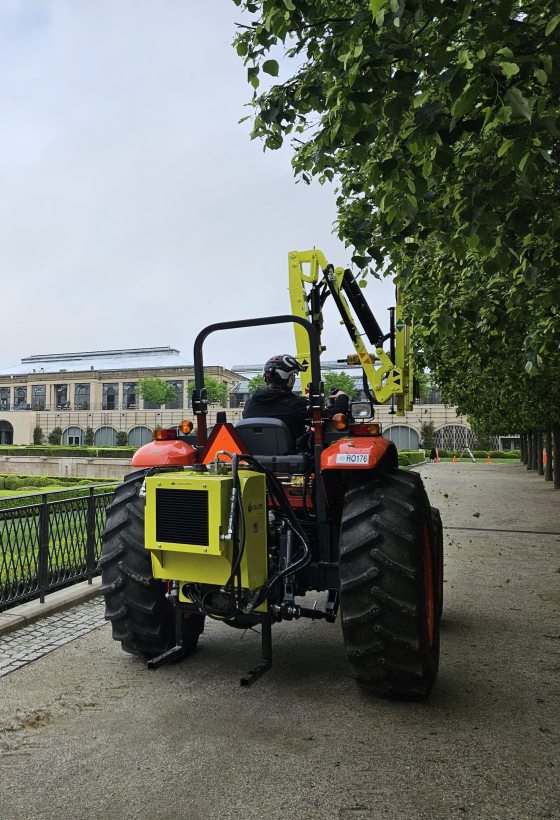
Modern Machine, Historic Technique
The five-acre Main Fountain Garden is home to three allées totaling 164 littleleaf linden trees. All that goes into maintaining and pruning these trees may surprise you … and now, with a new addition to the process, it’s more precise than ever.
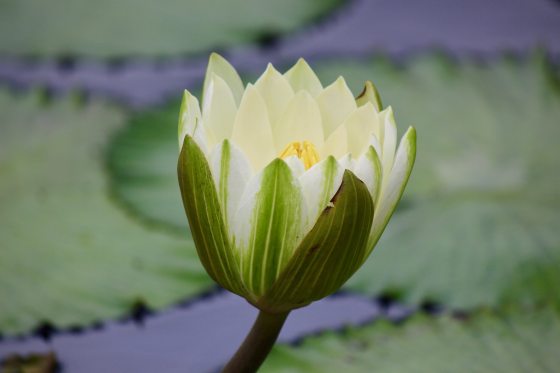
A Dazzling Return: Our Waterlily Court
Our newly enhanced Waterlily Court is an aquatic showcase like no other—and it’s making its much-anticipated debut on May 9, marking the completion of Longwood Reimagined.
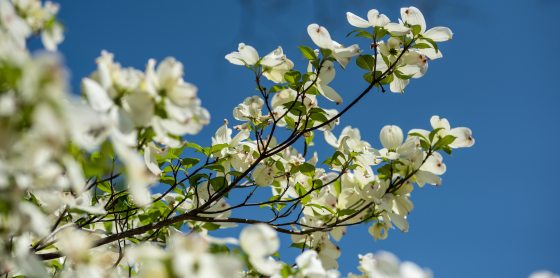
Planting with Purpose: Native and Noteworthy Plants
Want to learn how you could incorporate the best natives into your home garden or landscape? Read on for how to do so and where you can view native species here at Longwood.

A Rare Bonsai Book Mystery
Bonsai was not generally known in the western world outside of Asia until the early twentieth century, but the Longwood Gardens Library recently acquired a nearly 300-year-old rare book that perhaps challenges that notion, offers an interesting connection to one of our bonsai collection’s four original trees, and adds to the intrigue of this amazing art form.
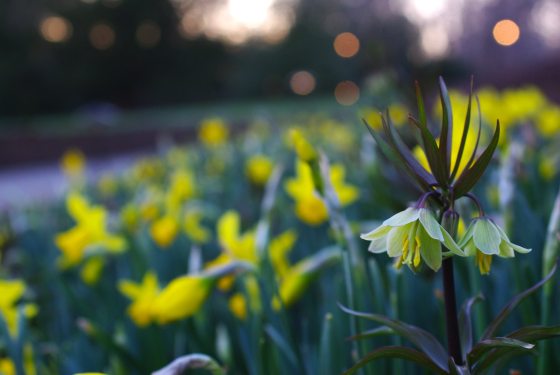
A Spring Evening Stroll Through the Garden
I had the extraordinary experience of walking the Gardens as they come alive at evening … here I share with you all I saw—and photographed—and all there is for you to see during our spring evenings.
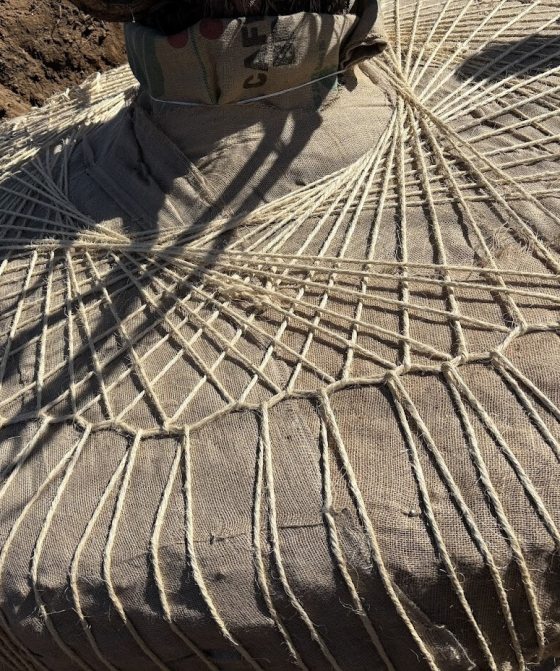
A Nursery, A Lifeline
Considering the vastness of our collection, our operations, and our acreage, it might be surprising to learn that a dedicated team of just three full-time woody nursery horticulturists manages our seven-acre woody nursery, supporting all our seasonal and permanent woody plants.